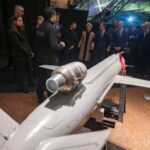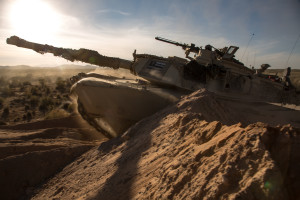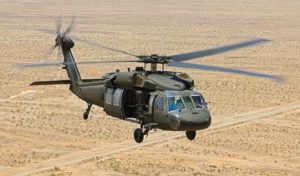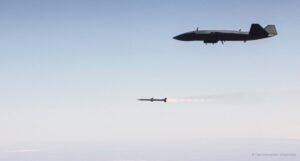
The U.S. may want to "re-MIRV" its ICBMs and regain a conventional, more than 1,500 mile long-range strike weapon lost when the Air Force decommissioned its Boeing [BA] AGM-86C/D Conventional Air Launched Cruise Missiles (CALCM) in 2019, Air Force Gen. Anthony Cotton, the head of U.S. Strategic Command (STRATCOM), suggested on Feb. 29. The Air Force B-52H bomber and the future Northrop Grumman [NOC] B-21 Raider are to carry the nuclear AGM-181 Long Range Standoff Weapon by RTX [RTX]. LRSO…














